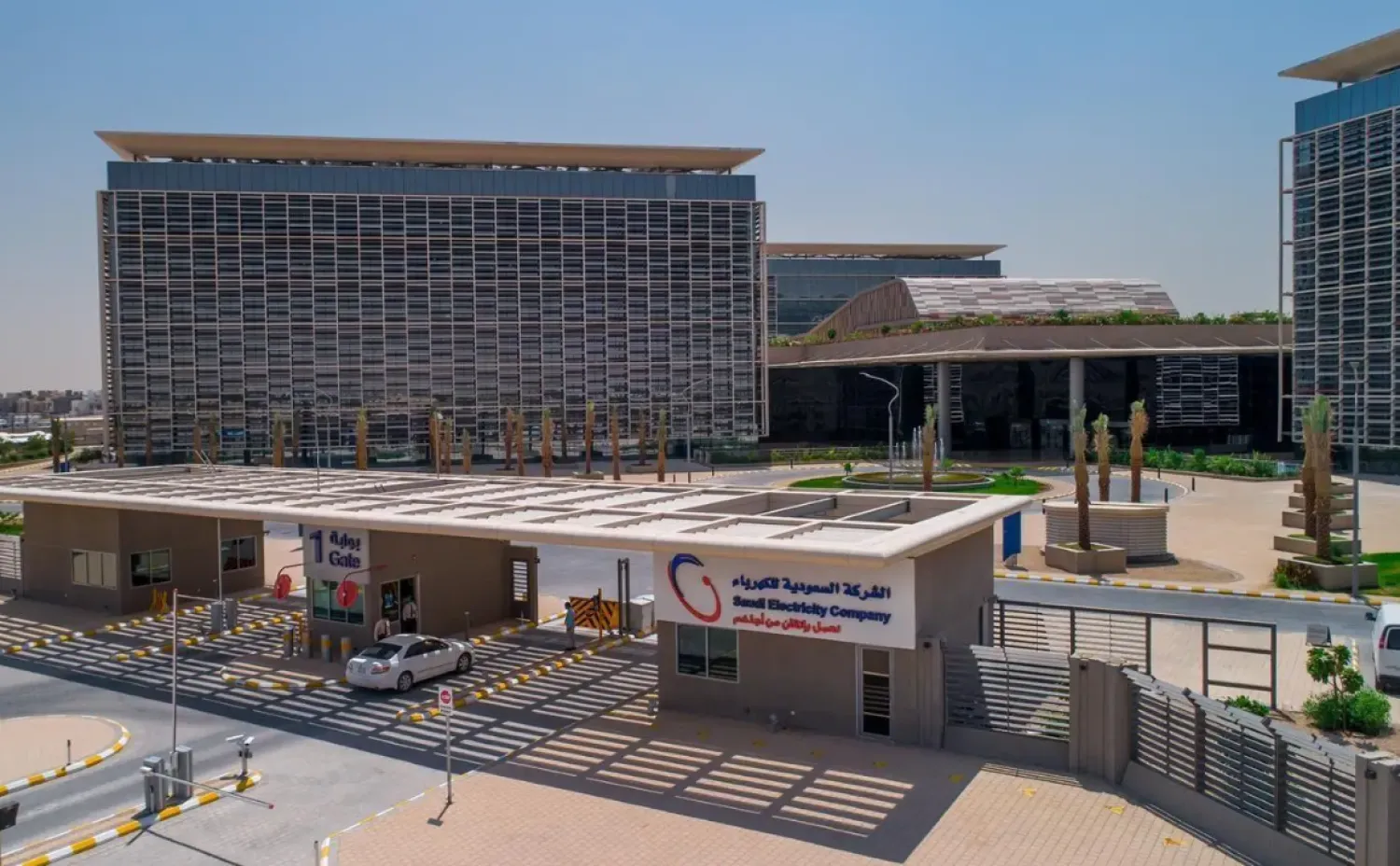The Mubadala Investment Company said it achieved in 2020 a total comprehensive income (TCI) attributable to the owner of AED72 billion for the year, compared to AED 53 billion in 2019. It's the largest TCI in Mubadala’s history, driven by significant growth in Mubadala’s public equities portfolio and funds, and its assets across various sectors.
This came as the Abu Dhabi sovereign investor, released its 2020 financial results for the Group on Thursday.
The performance was also attributable to Mubadala’s multi-year strategy to increase investments in sectors with growth ‘tailwinds,’ such as technology, life sciences, and consumer goods, through direct investments and partnerships with leading fund managers, state news agency WAM reported.
Major investments in 2020 reinforced that strategy, including long-term agreements with Silver Lake in technology; in life sciences with PCI Pharma in the US, and in consumer goods and telecommunications with the Reliance Group of India, as well as new commitments and deployments with Apax Partners, Citadel, iSquared Capital and CVC.
Khaldoon Al Mubarak, Managing Director and Group CEO of Mubadala, said: "Last year, as the world confronted a tragic pandemic, we worked closely with our partners and portfolio companies to offer support to communities hit hard by COVID-19. Across the group, our employees dedicated themselves to helping these communities during this crisis, and that important work will continue."
"We navigated our portfolio through the dramatic macro-economic decline of early 2020, and decided to accelerate the pace of our capital deployment, ending the year with record profit and growth. In line with our long-term strategy, we increased our investments in sectors where we have high conviction, and with high performing fund managers. Technology and life sciences in particular have been essential to the world over the last year, and we see those sectors bringing greater opportunity for deeper investment. We have worked to be well-positioned in these areas and in key geographies as the global economy continues to recover."
Overall, the UAE and the US remain the largest geographic areas for the portfolio. In addition to its new capital deployment in India, Mubadala also invested through its sovereign investment partnerships in France, China and Russia in 2020.
At year-end, assets under management across the Group stood at AED 894 billion, compared to AED 853 billion in 2019.
Group Chief Financial Officer Carlos Obeid, said: "This strong performance was a reflection of our agility as an investor, as well as our globally diversified portfolio of equities, funds, and mature and growing companies. In 2020 we took advantage of the historically low interest rates to lower our cost of borrowing and extend its weighted average life on the back of strong investor demand for our bond issuances. We continue to maintain a prudent gearing ratio standing at 9.1 percent and a strong cash position as we manage through this economic cycle with a long-term view."







